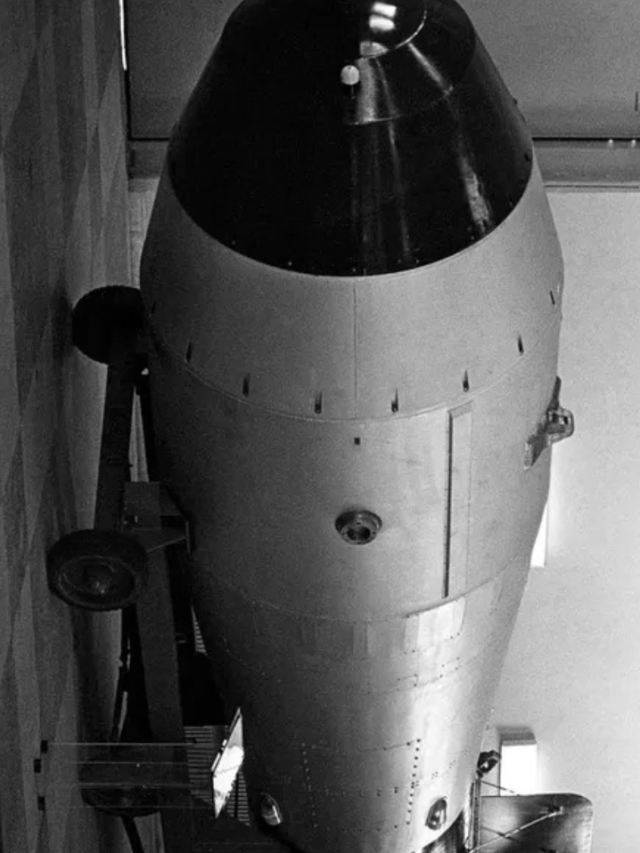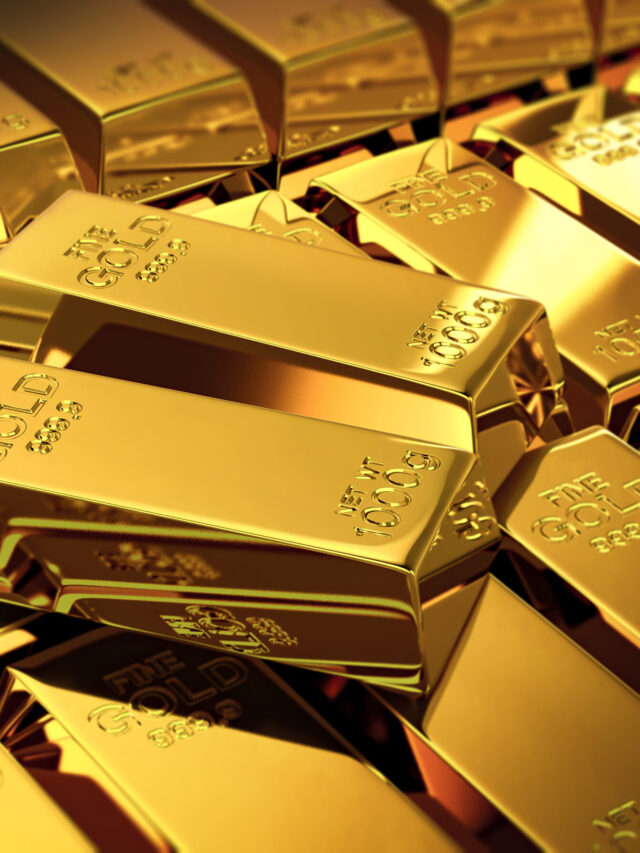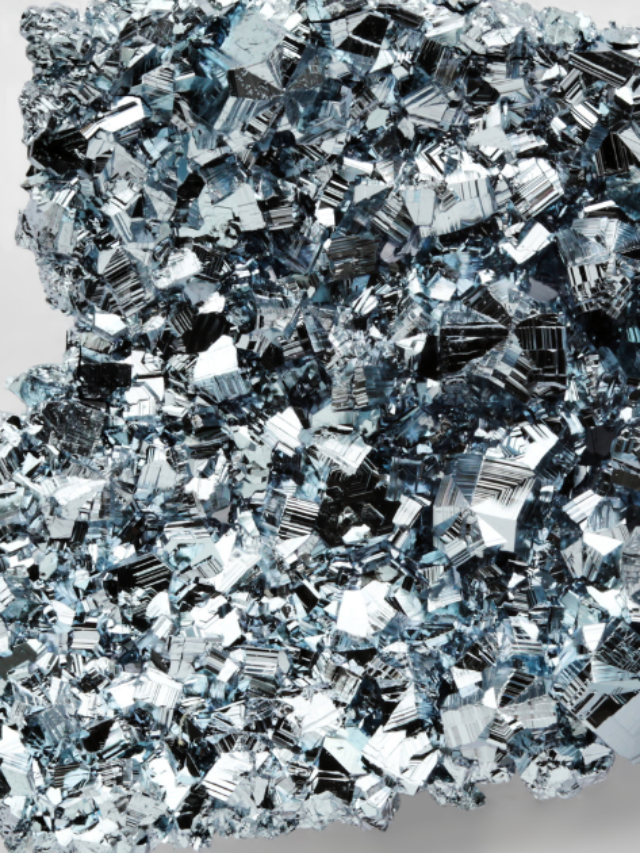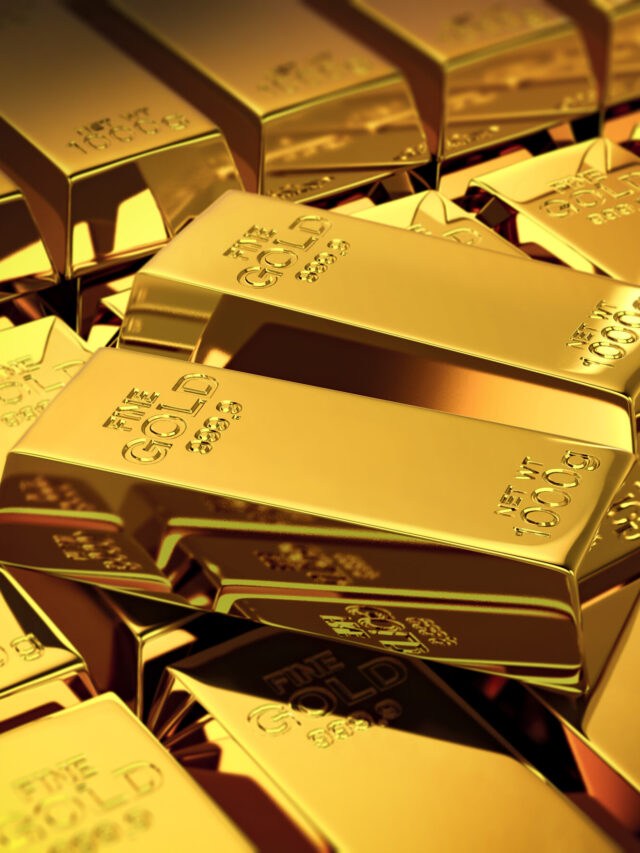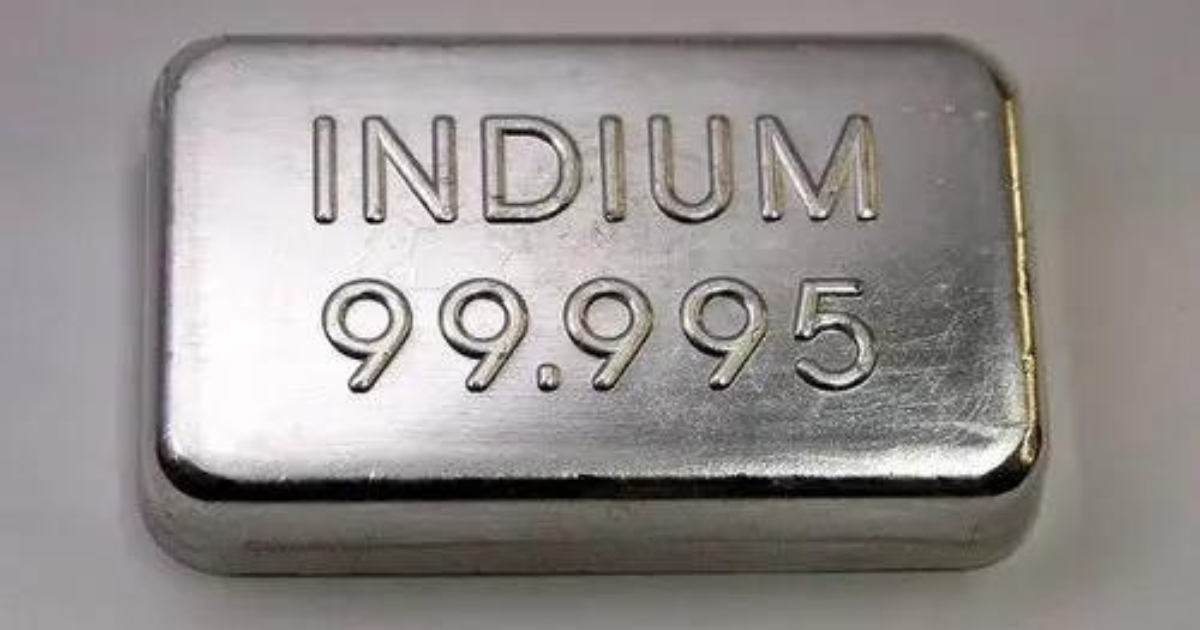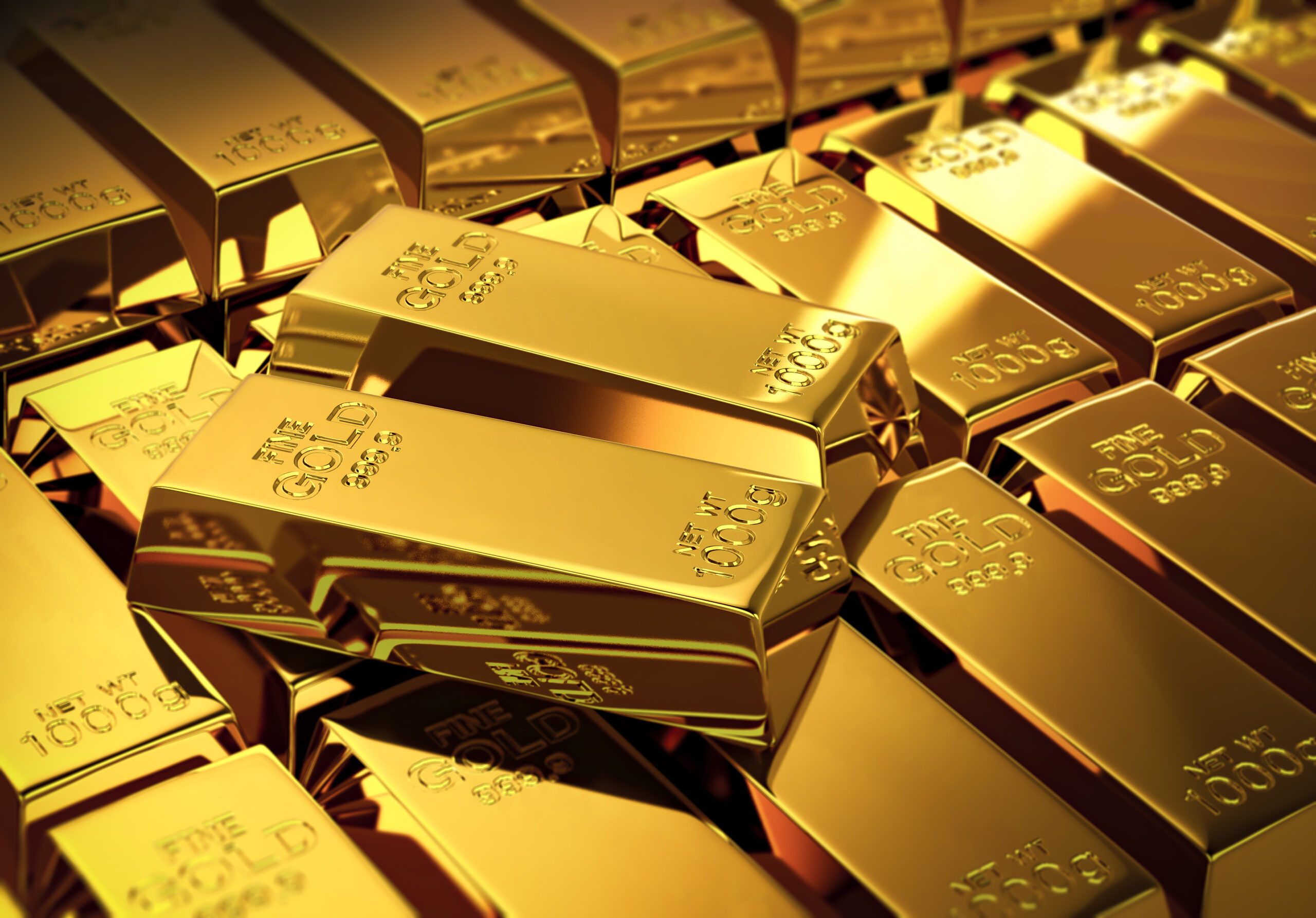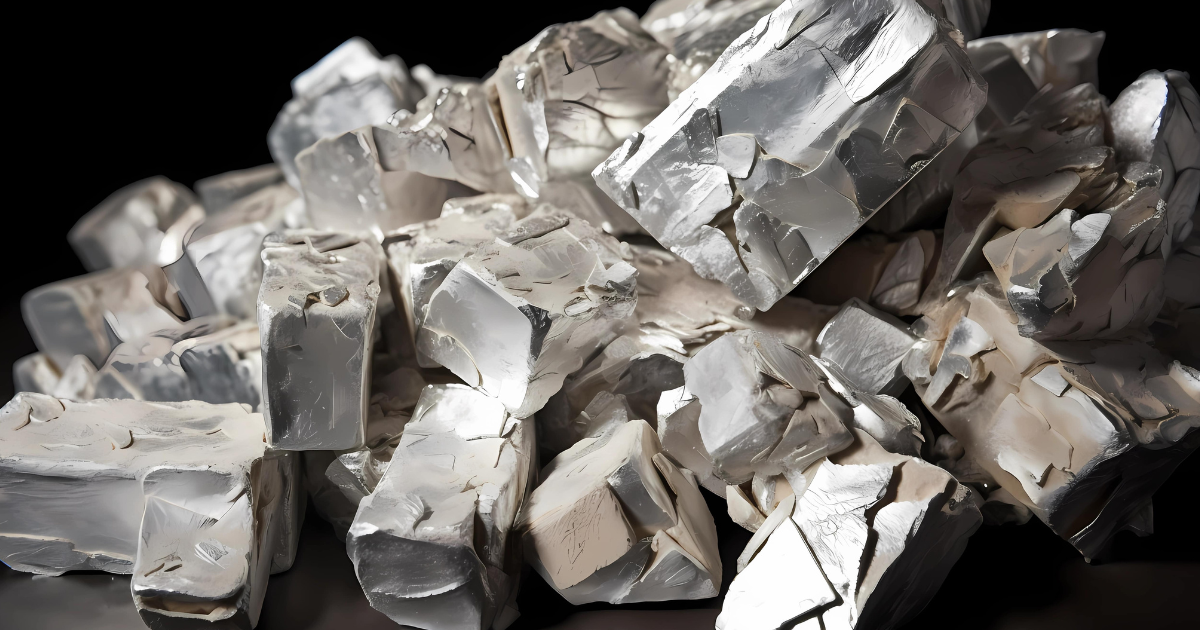Indium is a rare, soft, silvery-white metal that shares more chemical similarities with zinc than with aluminum or gallium. When German scientists Ferdinand Reich and Hieronymous Richter were examining zinc ores in 1863, they made the discovery. Indium, which gets its name from the indigo hue of its spectrum, offers a number of intriguing characteristics and applications.

Soft and pliable: indium is easily molded and may be sliced with a knife because to its extreme softness.
Non-toxic: indium is safe for use in a variety of sectors because, in contrast to certain other metals, it is comparatively non-toxic.
High conductivity: It efficiently conducts heat and electricity.
READ MORE: Metals
Major Applications:
- Indium Tin Oxide (ITO): ITO is the most widely used type of indium and is utilized for transparent conductive coatings in solar panels, LEDs, touchscreens, and LCD displays.
- Alloys and solders: Indium is added to several metal alloys to enhance their characteristics, such as facilitating melting.
- Nuclear reactors: Control rods and neutron capture devices in nuclear reactors are made of indium.
Physical and Chemical Properties:
- Malleability and Softness: Even at room temperature, indium can be distorted due to its great softness. It is simple to deal with in a variety of industrial operations due to its low melting point, which is approximately 156.6°C (313.9°F).
- Thermal and Electrical Conductivity: indium can be employed in high-tech applications where effective heat and electrical transfer are essential because to its exceptional thermal and electrical conductivity.
- Corrosion Resistance: This metal is suitable for use in electronics and other exposed applications because of its strong resistance to oxidation, even when exposed to air.
Economic and Geopolitical Importance:
Scarce in element, indium is mostly recovered as a by-product of lead and zinc mining. Its price has fluctuated because to its limited availability and the increased demand in high-tech sectors. Indium is now considered a vital metal in the global market due to the increasing demand for it brought about by the advancements in electronic gadgets and green energy technologies.
Recycling and Sustainability:
Recycling indium is becoming more and more significant because of its scarcity. The recovery of indium from discarded electronics and display screens is the main goal of recycling techniques. This contributes to the supply chain’s increased sustainability by lowering the dependency on primary mining.
Indium atomic number
Indium has an atomic number of 49. This figure indicates how many protons are in the nucleus of an indium atom and indicates where it falls in the periodic table (Group 13, with metals like gallium and aluminum).
Cost Of Indium:
Depending on the market, availability, and demand, indium prices can change dramatically. According to current projections, indium will cost between $200 and $300 per kilogram in 2024. But this could change depending on supply, geopolitical issues, and the growing need for it in high-tech sectors, especially for uses in Indium Tin Oxide (ITO), which is used in solar panels and screens.
READ MORE: Top 5 Rarest Metals In The Earth
Rarest Metal?
In the global economy, indium is categorized as a minor metal and is thought to be a rare metal. Its estimated abundance in the Earth’s crust is 0.1 parts per million (ppm), which is not a substantial amount. The majority of indium produced comes from sphalerite ores, which are a byproduct of zinc mining.
indium is relatively rare because of its limited natural occurrence and the fact that it is not directly mined in huge quantities. The fact that only a few nations—China, Canada, and South Korea, among others—are significant producers of indium adds to its rarity. Despite being rare, indium is still in high demand, particularly in high-tech sectors where it is used to produce Indium Tin Oxide (ITO), which is used in solar cells, LCD displays, and touchscreens.
Conclusion
indium is a flexible metal with important uses in cutting-edge manufacturing, renewable energy, and contemporary electronics, even though its scarcity presents supply issues in the future.
